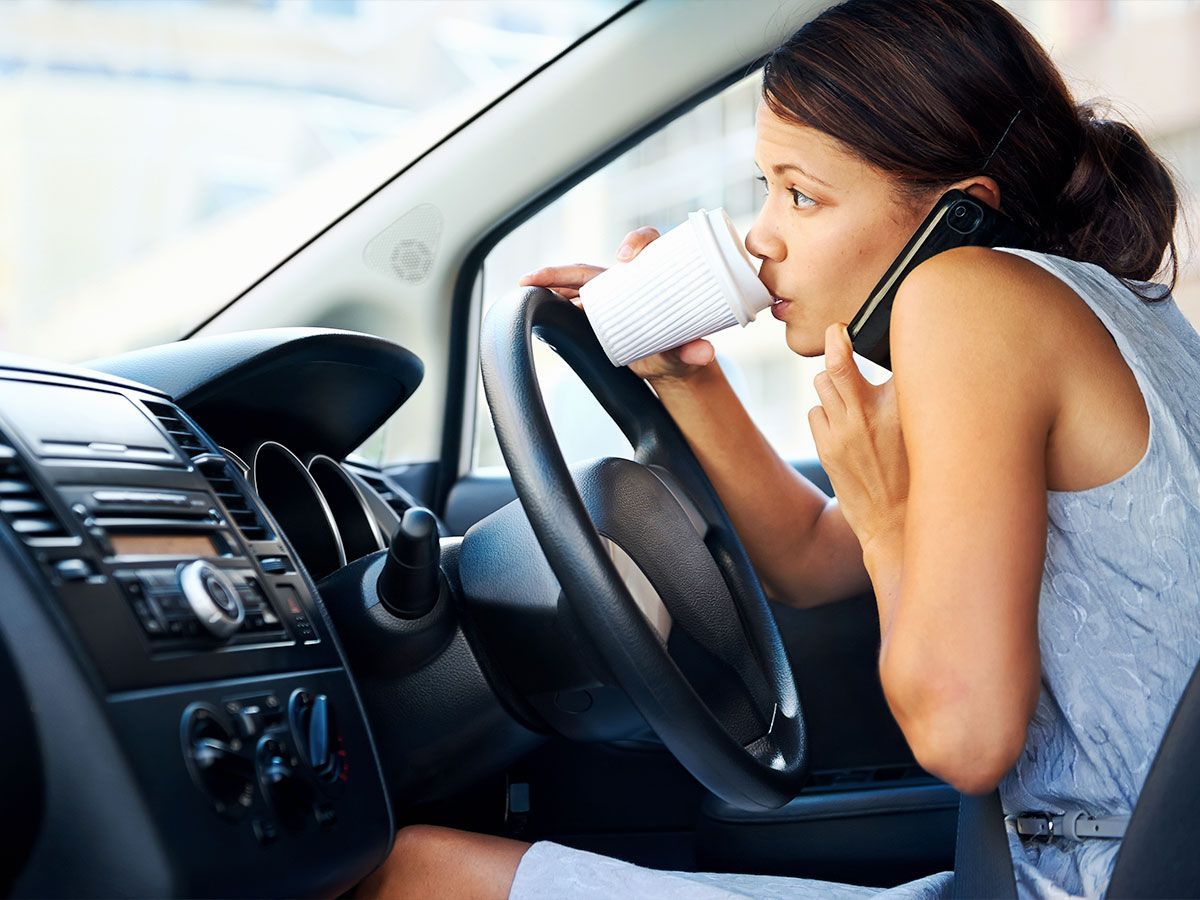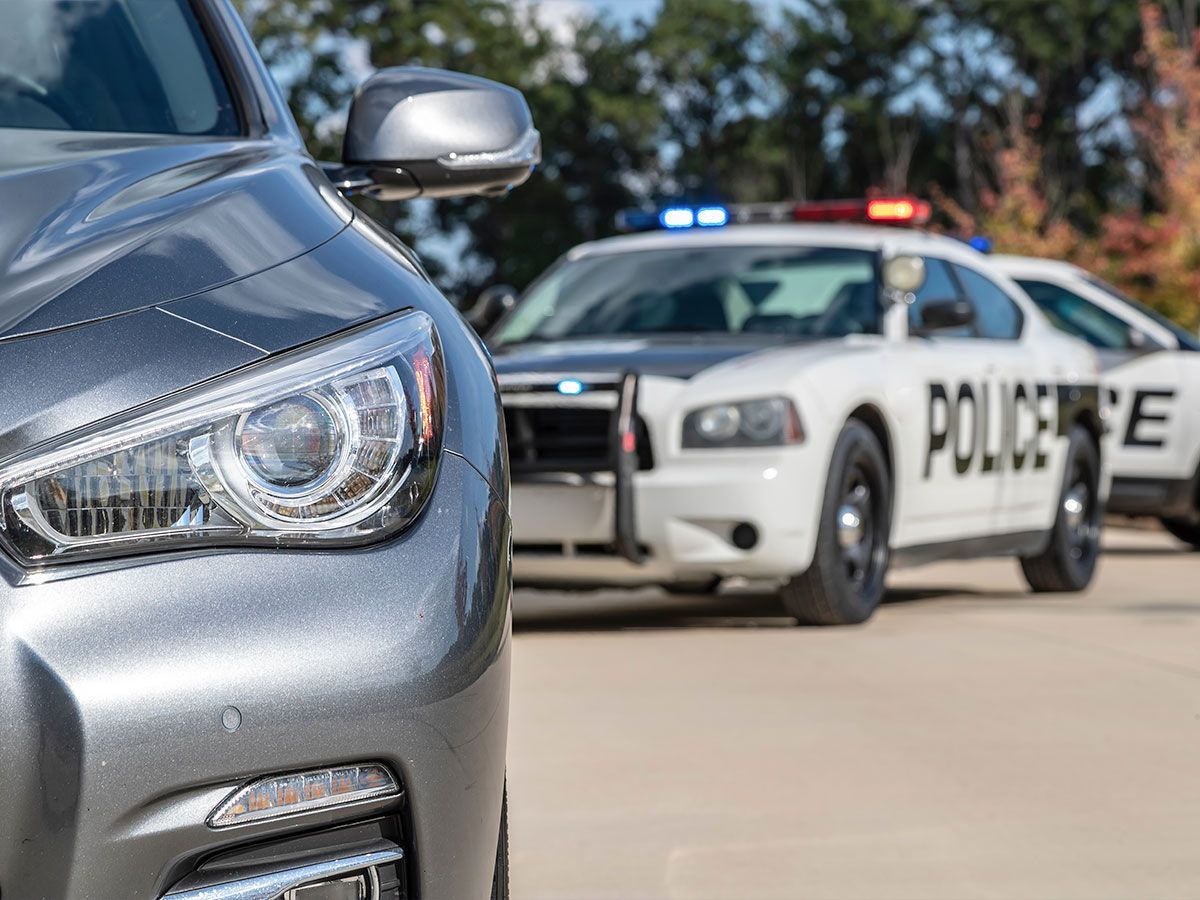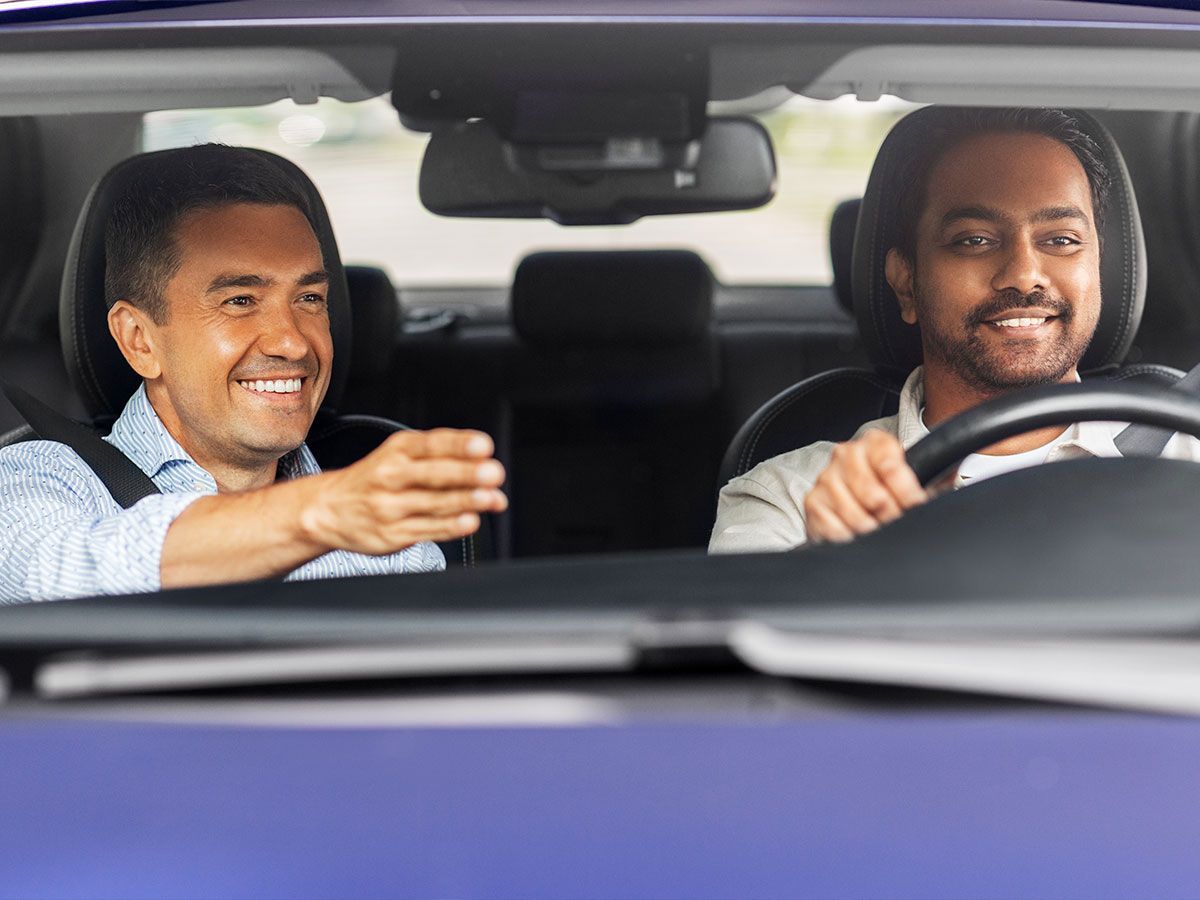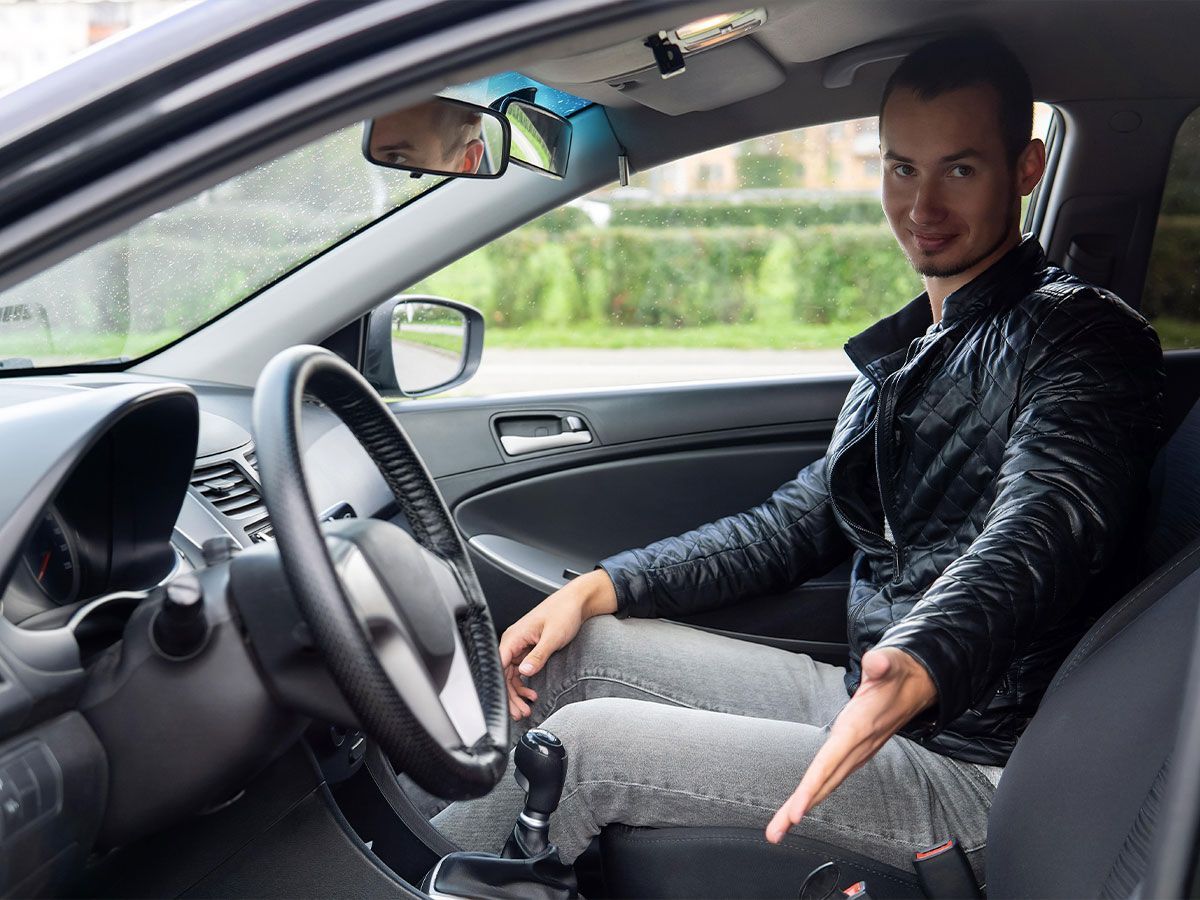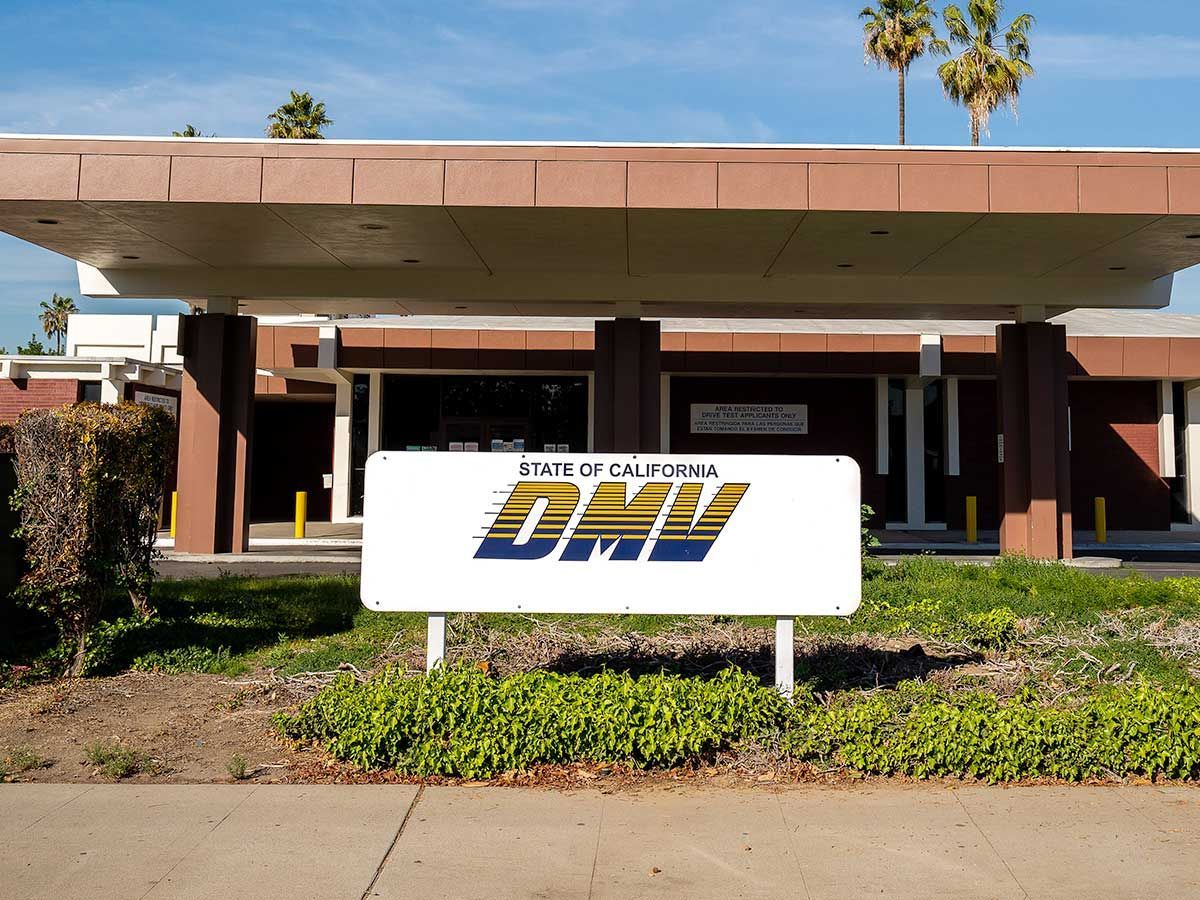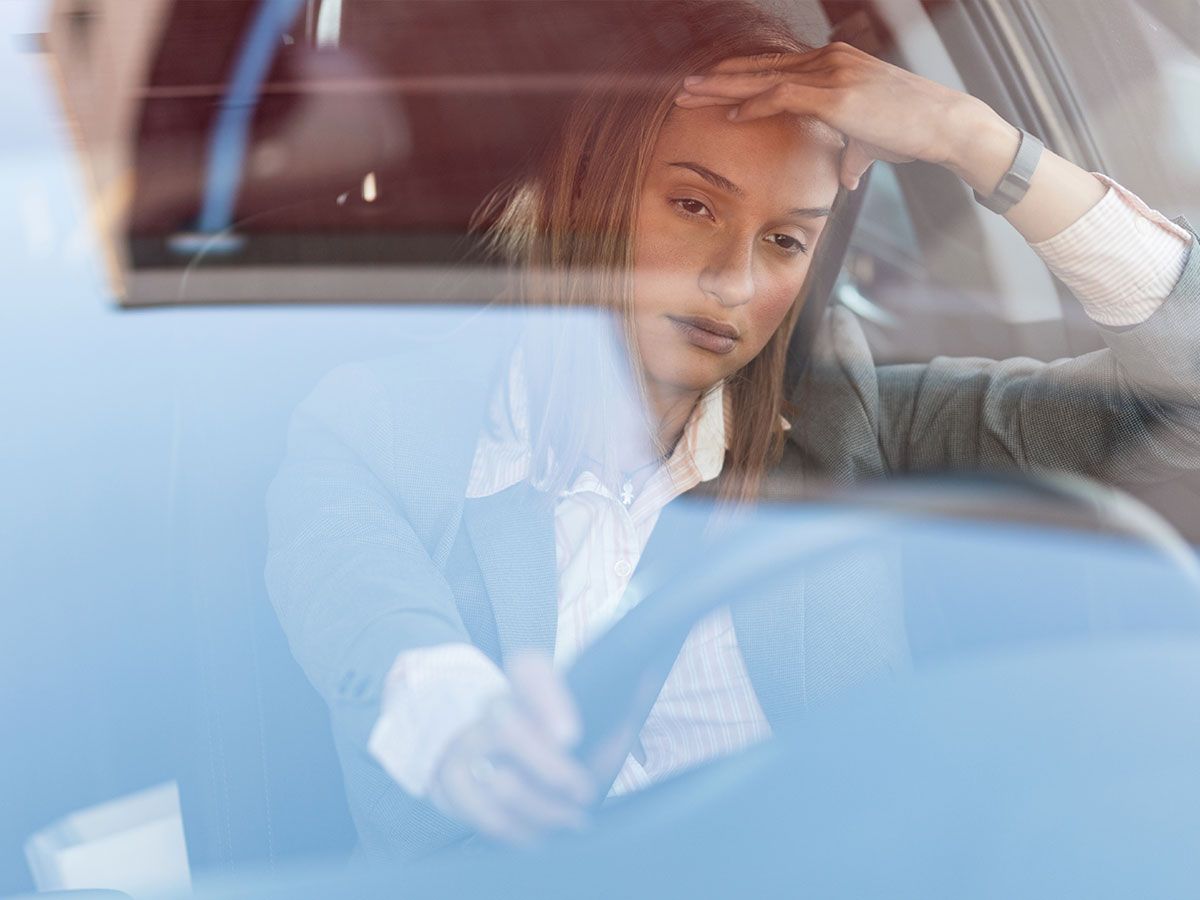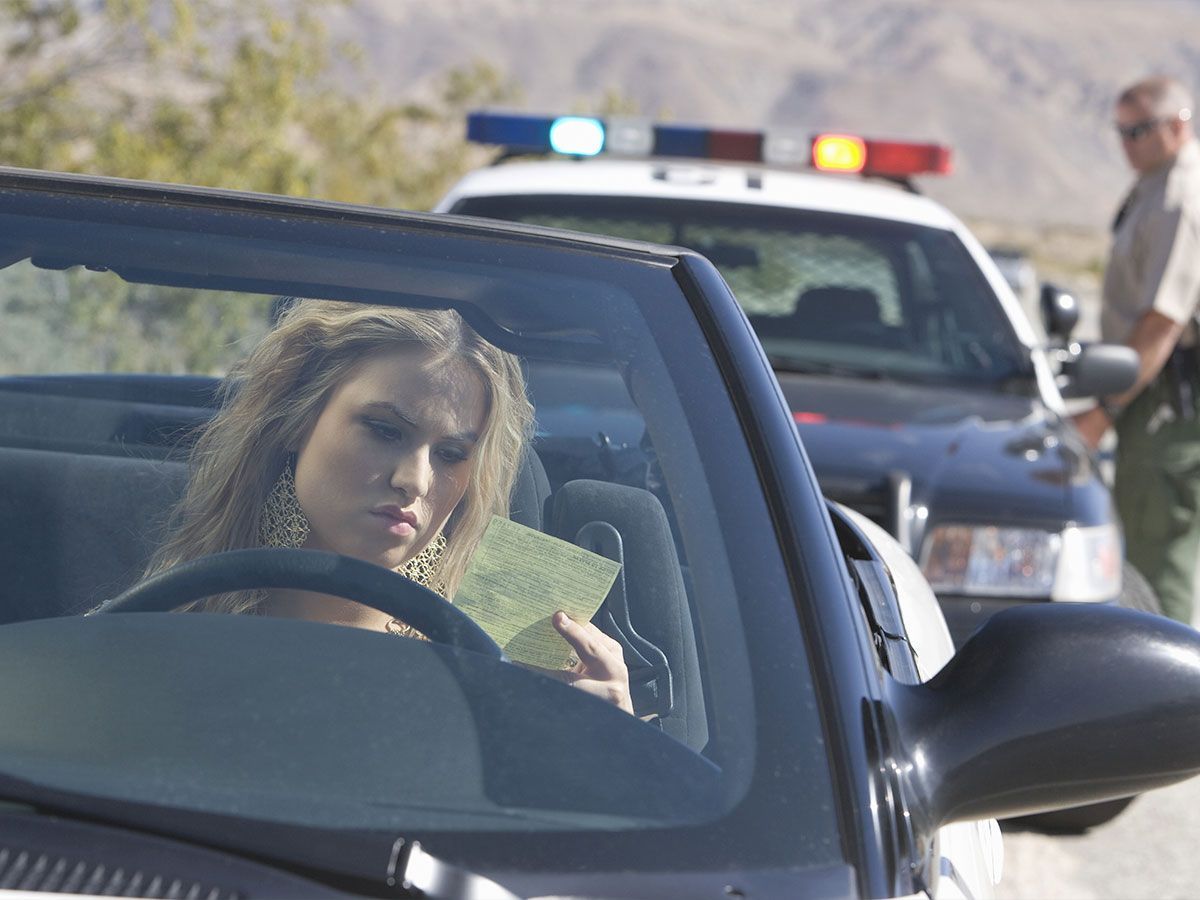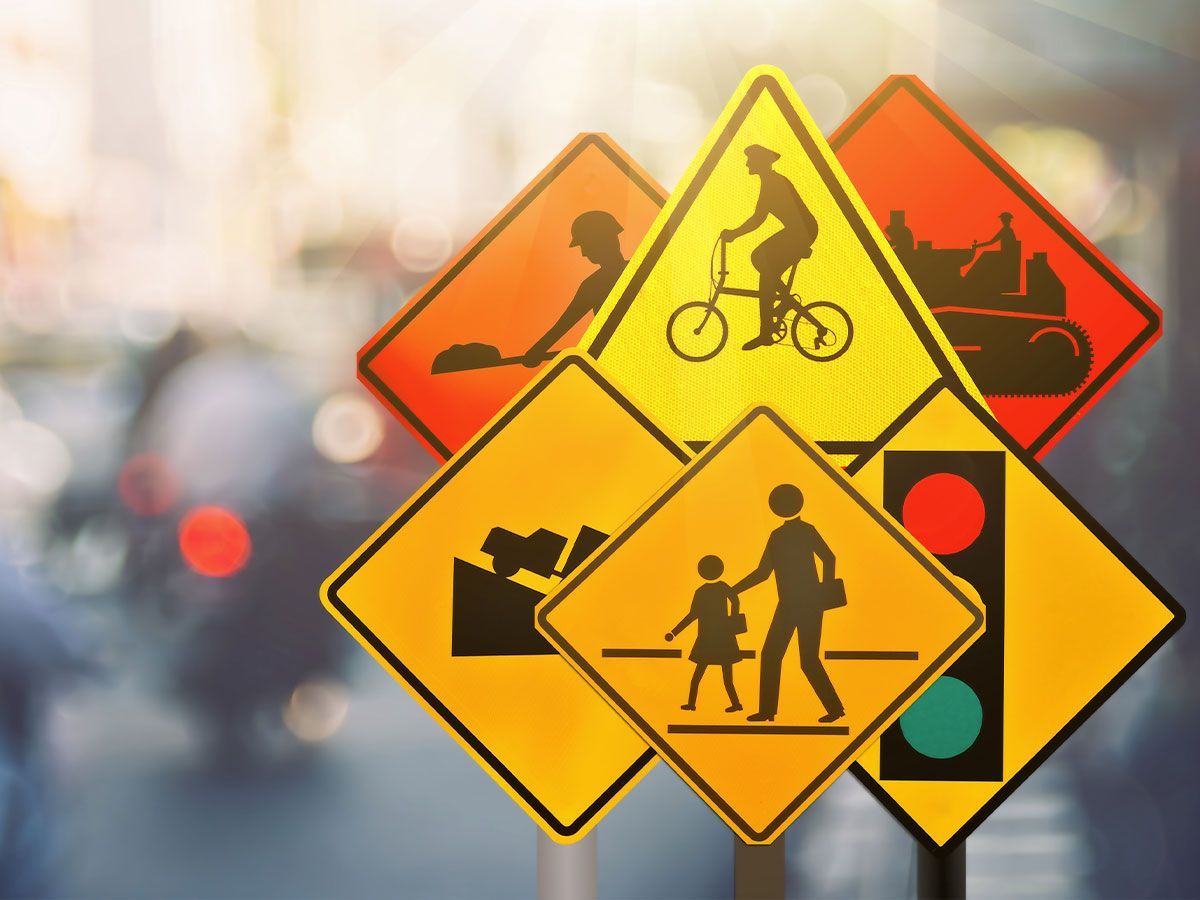Quick Guide: What the Law Says About Texting and Driving
Omar Bernabe • January 30, 2023
We’ve probably all done it at some point or another. Coasting along behind the wheel when all of a sudden a faint notification chimes, prompting a quick reach for the phone to see who the new message is from. It feels like instinct, and it all sounds commonplace. However, this seemingly harmless act happens to be one of the most dangerous things a driver can do on the road. Considering the fact that a collision is three times more likely to happen when drivers are distracted, doing something as involving as checking texts while driving is hazardously negligent. So much so that California passed a law banning it in 2006.
According to the California Vehicle Code (CVC, Division 11, Chapter 12, Article 1, 23123 – 23125) it is illegal for people to drive while generally using handheld mobile devices. The California Office of Traffic Safety (OTS) estimates that up to 54% of drivers confess to either being hit or experiencing near misses with a driver who was texting or talking on the phone. What makes matters worse is that people easily underestimate just how much their attention is averted by using phones while driving. The OTS reports that spending a mere five seconds checking texts while traveling at the speed limit distracts a driver’s eyes long enough to cover the distance of an entire football field. Furthermore, every instance of text messaging subsequently induces a 27-second interval of distraction latency which is a period of contemplation ! predominantly focused on recent communication above anything else. All of this means that on average, at least half a minute is taken away from a driver’s concentration every time they check a text.
The specific language of the law outlines restrictions on texting and driving as follows:
- A person shall not drive a motor vehicle while using, holding or operating a handheld wireless telephone, or an electronic wireless communications device, unless said device is specifically designed and configured to allow voice-operated and hands-free listening and talking, and is used in that manner while driving (CVC 23123 – 23125).
- This does not apply to a person using a wireless mobile device for emergency purposes, including, but not limited to, an emergency call to a law enforcement agency, health care provider, fire department, or other emergency services agency or entity (CVC 23123 – 23125).
- A handheld wireless telephone or electronic wireless communications device may be operated in a manner requiring the use of the driver’s hand while the driver is operating the vehicle only if both of the following conditions are satisfied:
- The device is mounted on a vehicle’s windshield in the same manner a portable Global Positioning System (GPS) is mounted, or is affixed to a vehicle’s dashboard or center console in a manner that does not hinder the driver’s view of the road.
- The driver’s hand is used to activate or deactivate a feature or function of the device with the motion of a single swipe or tap of the driver’s finger (CVC 23123 – 23125).
- Persons under the age of 18 years shall not drive a motor vehicle while using a wireless telephone or an electronic wireless communications device, even if equipped with hands-free accessories (CVC 23123 – 23125).
The only instance in which you should ever use a mobile device in a car is if you are contacting first responders for help in an emergency situation. If you absolutely must use your phone, pull over safely away from moving traffic, bring the vehicle to a complete stop and then proceed with your communication discretely. For more information on how Adriana’s Traffic School can help you stay safe on the road, give us a call at 1-888-309-4545.



